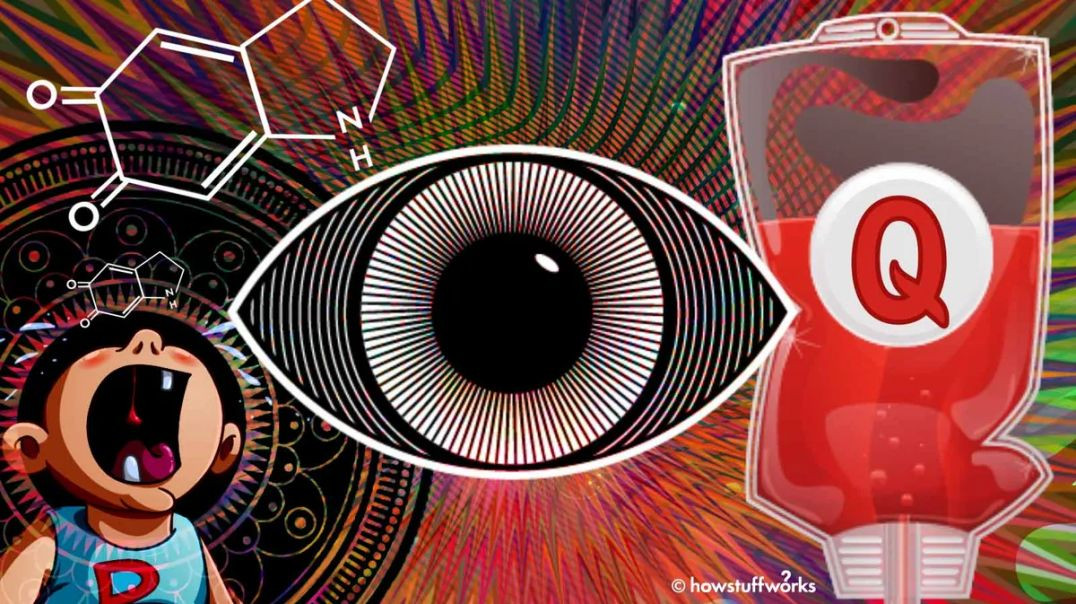Live streaming on Altcast.TV is now available!
THE REAL REASON ☣ WE HAVE FLUORIDE IN OUR WATER
Fluoridation: A Horror Story
By Wade Frazier
Revised October 2017
Introduction
This essay's first drafts, written in 1998, began with a several page chemistry narrative that presented some chemistry concepts. The original chemistry prelude was designed to help the reader understand the nature of fluoride, why it is used in industry how it is, why it is a waste product of certain industrial processes, and lays the groundwork for understanding why it was so important in the nuclear industry. Early readers felt that it was too much technical information for the lay audience, particularly to begin their reading experience. That prelude is now an addendum to this essay. Reading the prelude is not imperative for understanding this essay, but might make some issues clearer.
In short, fluorine is the most reactive element known to science ("reactive" means its affinity to bonding with other elements).[1] In nature, fluorine is found bonded to other elements, never found by itself, and is rarely found in its ionic state. The industrial processes of the 19th century created the most toxic pollutants that humanity had seen to that time. Taking ore from the earth and removing the metal, especially in aluminum refining, created hazardous waste.
In its ionic state, fluorine is highly toxic. Fluorine bonded to metallic ore in the earth was liberated during the refining process and is difficult-to-impossible to safely dispose. The aluminum refining industry was the biggest and most influential fluoride polluter around 1930, and in America only one company was in the aluminum business: ALCOA.
Fluorine is also useful for producing artificial chemicals such as Teflon and Freon, because of its unique properties. Those unique properties also made fluorine indispensable for refining uranium to extract its most radioactive isotope, which made the nuclear age possible.
Compulsory Fluoridation: An Industrial Tale
The increasing industrialization of the late 19th and 20th centuries saw an explosion in aluminum use. Aluminum is a ubiquitous substance in industrialized societies. It is everywhere, from electrical wiring to food and beverage cans to cookware to automobiles to airplanes. As the Industrial Revolution was hitting its stride in the early 20th century, aluminum refiners had a major problem with the fluorides attending aluminum production: they are deadly poisons. Fluorine once safely bound with aluminum, copper, and iron in Earth’s crust was reintroduced into the environment in its ionic state. Fluorides were not only being buried in the ground and put into the water, they were also being released into the air by industrial processes. Fluoride pollution was a major industrial problem.
Because it holds its electrons more tightly than any other element, fluorine forms the smallest negatively charged ion of any element, and that small size allows fluorine ions to go where larger ions of other elements cannot. Also, when introduced to the stomach, more than a third of ingested fluoride is converted to hydrofluoric acid, which is highly toxic.[2] In the early 21st century, it became increasingly evident that even at low doses, such as around the level that artificial fluoridation provides, the fluorine ion damages cellular structures and mechanisms, from respiration to metabolism to gene expression to enzyme functioning.[3] Perhaps most importantly, sufficient cellular damage initiates programmed cell death, known as apoptosis.
Read the rest at:
https://www.ahealedplanet.net/fluoride.htm
Source: https://matrix.org/_matrix/med....ia/r0/download/matri
Thumbnail: http://articles.mercola.com/si....tes/articles/archive
















![NATALEE HOLLOWAY REAL LAST MINUTE PHOTOS 📸 [CHRONOVISOR]](https://s3.us-central-1.wasabisys.com/altcast1/upload/photos/2025/05/gc5GwSfHAssyfNHQfSAw_30_1be7683444bb12e31f3b2e5952ffcc93_image.jpg)
![FLUORIDE OPPONENTS SCHOOL 🏫 DALLAS CITY COUNCIL [MAY14, 2025]](https://s3.us-central-1.wasabisys.com/altcast1/upload/photos/2025/05/KWI5z3ag8Ged2osSt66A_15_0d2fb9e42e79019b318f388abdd049dd_image.jpg)



